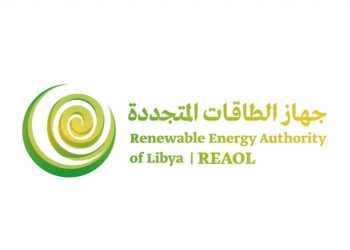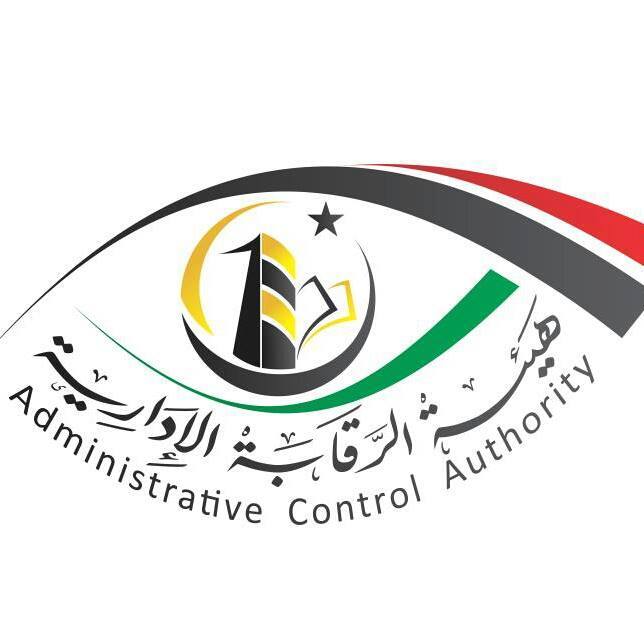By Libya Herald staff.
Tripoli, 25 September 2014:
Prime Minister Abdullah Al-Thinni has requested that the Organization for the Prohibition of Chemical Weapons . . .[restrict](OPCW) remove the 850-tonne chemical weapons stockpile that remains in Libya.
Under the 1997 Chemical Weapons Convention all chemical weapons must be destroyed within the country of origin. Furthermore, it is the obligation of the country of origin to maintain the security of the stockpiles until they are destroyed.
The Libyan government, however, says that at this time it cannot assure the security of the weapons, as parts of the country are no longer under its control. It has asked the OPCW to draw up a plan for the removal of the weapons so that they are not seized by a rogue or extremist group or battling militias.
The facility used to store and destroy the weapons is in south-central in Ruwagha, 700 kilometres outside of Tripoli. Some 850 tonnes of Category 2 chemical precursor materials are still there.
Libya signed the UN Chemical Weapons Convention in 2004 and declared 26 metric tonnes of sulphur mustard; 1,390 tonnes of raw, precursor chemicals; 3,563 unloaded aerial bombs; and three former chemical weapons production facilities.
The nation immediately began destroying the arsenal of unloaded aerial bombs with a bulldozer – a cheap, fast and reliable method of disposing of munitions components, according to OPCW. After a hiatus of some six years, in October 2010, work started on destroying chemical weapon agents.
This was suspended, however, when part of the destruction facility malfunctioned. When the 17 February Revolution broke out, just months later, the embargo placed on Libya meant the spare parts could not be ordered. By the time of the revolution 51 percent of the sulphur mustard and 40 percent of precursor chemicals had been destroyed.
After the revolution, in February 2012, efforts to resume destruction were restarted by the government. It resulted in the entire arsenal of Category 1 usable chemical weapons being destroyed with the assistance of the US, Canada and Germany. This was completed in January 2014.
Two of its three production facilities were also completely destroyed, and a third facility was converted, with approval of the OPCW, to a facility for the manufacture of pharmaceuticals.
The country is operating under a deadline of December 2016 to destroy its remaining Category 2 chemical precursor agents. [/restrict]






